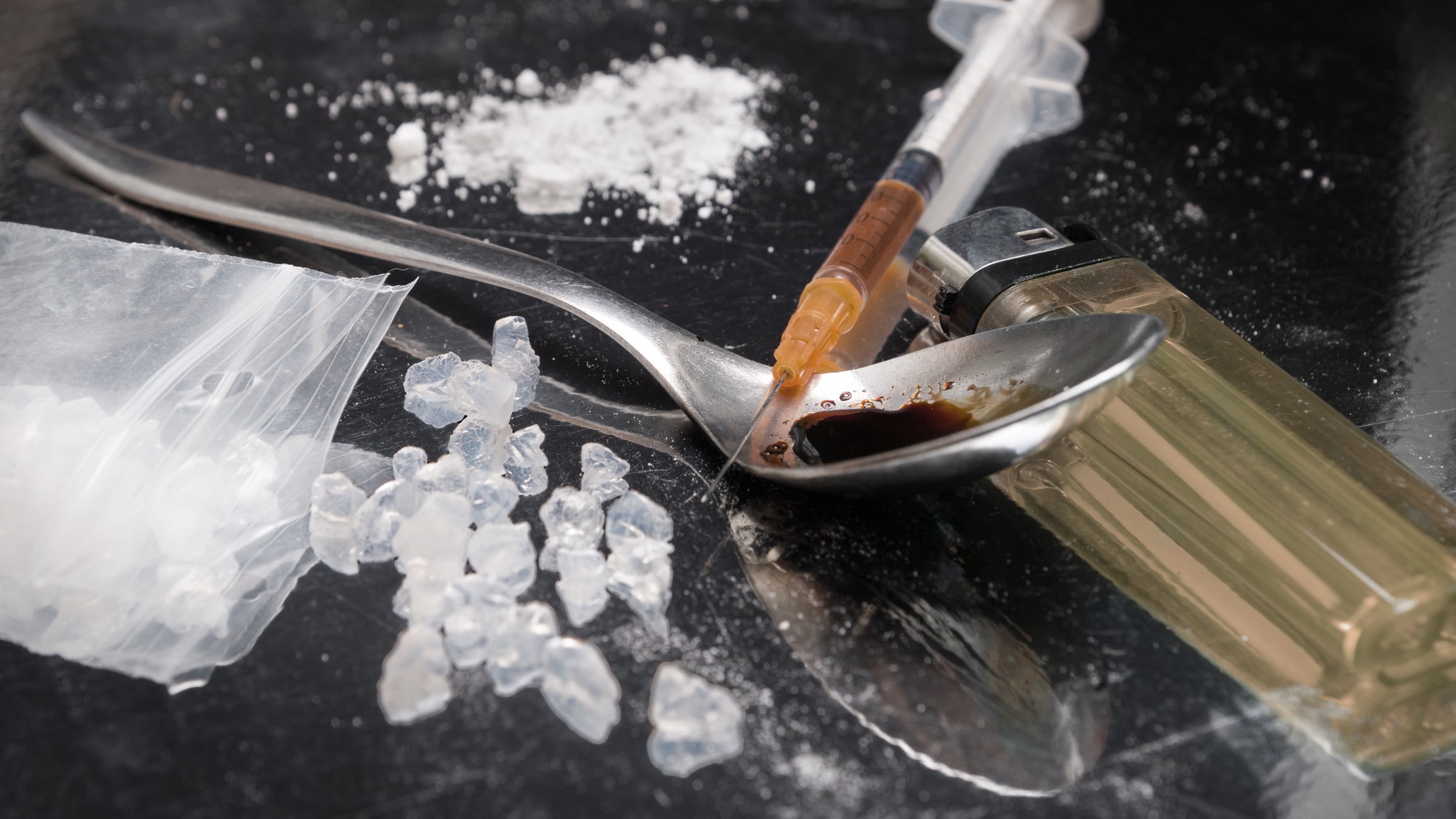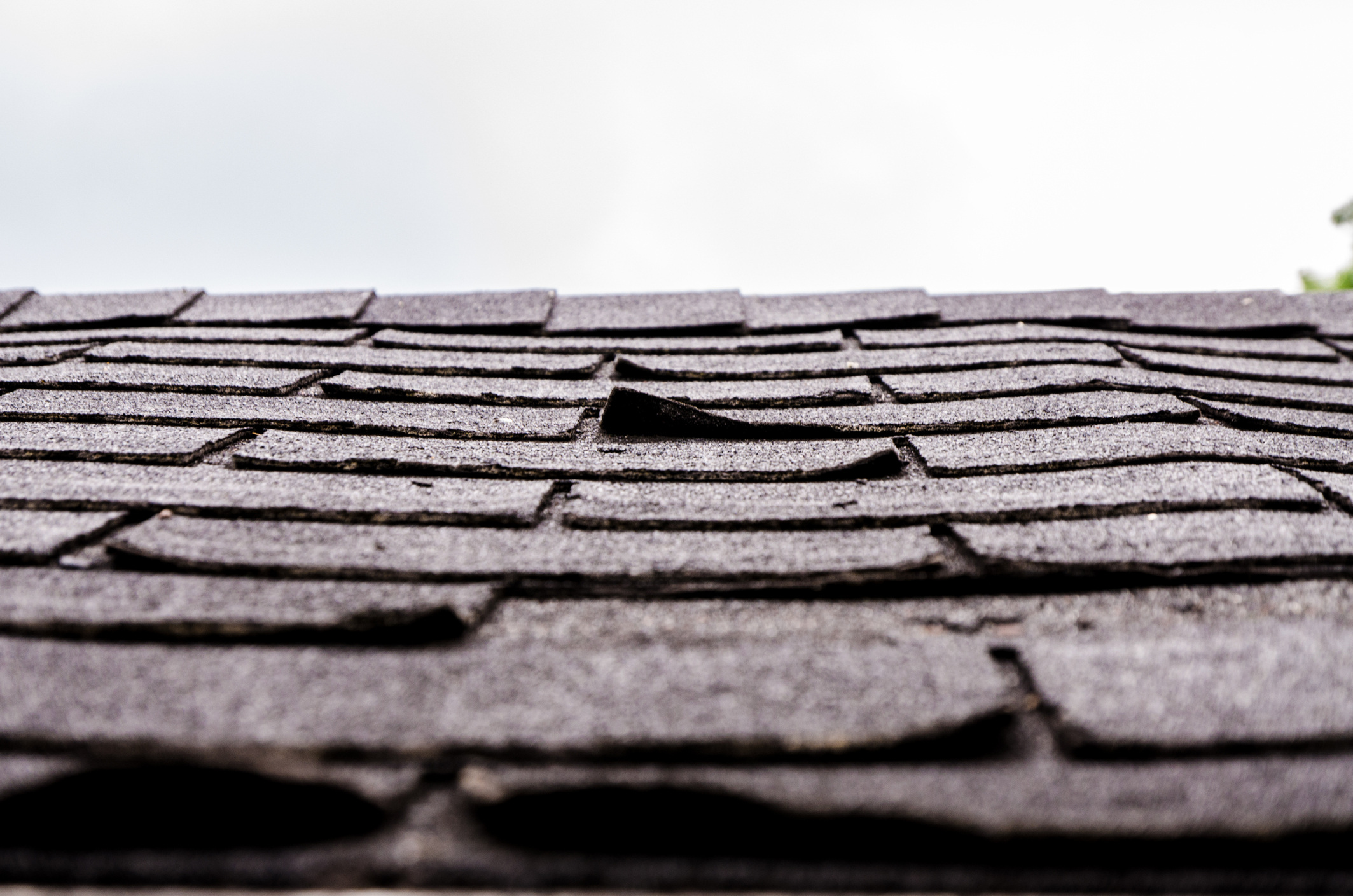Property claims related to methamphetamine are on the rise. While they’re not the most frequently reported claim—as of this writing, that distinction belongs to fire—HAI Group has seen a noticeable uptick in meth claims in recent months. Perhaps it’s because meth is relatively inexpensive to buy compared to other illicit drugs, or because meth has become more widely available, thanks in part to super labs operated by drug cartels that can produce meth in large quantities. The rise in claims may also be due to the fact that some housing authorities have begun testing for meth when units turn over, regardless of whether they suspect contamination.
Whatever the reason, if you have a meth-related claim at your housing organization, here’s what you need to know.
The sooner you file, the better
“The biggest mistake housing organizations make after discovering meth is waiting too long to file a claim,” said Alkis Liopiros, AIC-M, ACP, CRIS, a senior property claims examiner at HAI Group. “If tests confirm that you’re dealing with methamphetamine contamination, file a claim as soon as you can. Notifying us while the incident is fresh in your mind helps your insurance company and its adjusters investigate the claim more thoroughly. It can also help us close the claim more quickly, so you can get the affected units back in service faster.”
Telltale signs of meth production or use
If your housing organization isn’t testing for meth, it’s important that your maintenance workers know what to look for during routine inspections. Common signs of meth production or use include:
- Unexplained chemical smells, often described as “sweet” or “ammonia-like”
- Small plastic bags or balloons containing white or colored powder or residue
- Glass pipes with burn marks and/or white or brown residue
- Vials or syringes containing clear liquid
- Improvised glass apparatuses that appear to be made for smoking
- Household chemicals such as drain cleaner, lye, or camping fuel
- Excessive trash
- Covered windows
- Unusual ventilation
HAI Group Online Training's Methamphetamine Remediation course features an interactive game scenario where participants identify signs of meth production in an apartment unit. This course is ideal for housing agency leaders, property managers, risk managers, maintenance staff, and other professionals in the housing industry.
Meth risks
Meth labs, as well as structures that have been contaminated by meth use, can harm human health. Fire and explosion present the greatest and most immediate risk, but anyone who is exposed to the chemicals used to make or smoke meth is at risk of a variety of adverse health effects. These include intoxication, shortness of breath, pulmonary edema, coughing, chest pain, liver and kidney damage, neurological problems, chemical burns, and an increased risk of cancer.
Did you know? Around 15% of meth labs are discovered because they have exploded or caused a fire.
— Office for Victims of Crime
Aside from explosion and fire, meth cooking and smoking create harmful residues that settle on surfaces like walls, countertops, and furniture, and can even travel through ventilation systems. Methamphetamine production also harms the environment. The average meth lab produces five to seven pounds of toxic waste for every pound of meth produced. Cooks often dump waste near the lab, contaminating the soil and groundwater.
If you suspect or know that methamphetamine has been manufactured or smoked on your property, contact local law enforcement immediately. After law enforcement officers have completed their investigation, a remediation company that specializes in clandestine drug cleanup can help you test the affected area(s) to determine the extent of the damage, remediate the unit(s), and ensure the space is fit for re-occupancy according to state or other applicable guidelines.
Note that you may need to test the neighboring units if they share an HVAC system with the affected area.
Reporting a meth claim
Besides reporting your claim as soon as possible, Liopiros said that detailed, fact-based documentation will help support your claim and any resultant legal proceedings. It will also help you protect your organization when the unit is re-occupied. Be sure to:
- Create detailed reports. Describe how you discovered the contamination. Include dates, such as when you discovered the issue, locations, and the scope of the issue. Make an inventory of the damaged property. Include detailed records of any communication you have with all parties involved. Provide police reports if you have them. We’ll also want to see a copy of the lease agreement.
- Take pictures. Shoot high-quality photographs or video of the affected area, focusing on visible signs of a lab, or contamination. Document items that may need disposal or remediation.
- Keep test records. During the preliminary site assessment, your remediation company should sample the unit to establish the contamination levels in each room or functional space. When decontamination is complete, the space should be tested for remaining chemical contamination in accordance with state regulations, if they exist.
Not all insurance policies cover meth
Property owners and managers can file insurance claims to cover the cost of meth remediation, property repairs, and testing. Keep in mind, though, that coverages vary, and not all insurance policies cover meth issues. It’s important to review your insurance policy to understand whether you have coverage, and, if you do, to know your deductibles and limits. If you’re an HAI Group policyholder, your HAI Group account representative can walk you through your coverage.
Note, too, that unless you have business income coverage, you’re not going to be reimbursed for lost revenue while the unit is being tested and remediated. “The question I’m most often asked about meth claims is whether insurance covers loss of rent,” said Liopiros. “It will typically cover testing and remediation but exclude income coverage. If you want protection against lost rent, you need a separate policy.”
Some property owners also assume meth damage is covered under vandalism. It’s not, according to Liopiros, who added that it’s not covered under smoke damage either.
Want to review your meth coverage? Contact your Account Executive.
This article is for general information only. HAI Group makes no representation or warranty about the accuracy or applicability of this information for any particular use or circumstance. Your use of this information is at your own discretion and risk. HAI Group and any author or contributor identified herein assume no responsibility for your use of this information. You should consult with your attorney or subject matter advisor before adopting any risk management strategy or policy.








